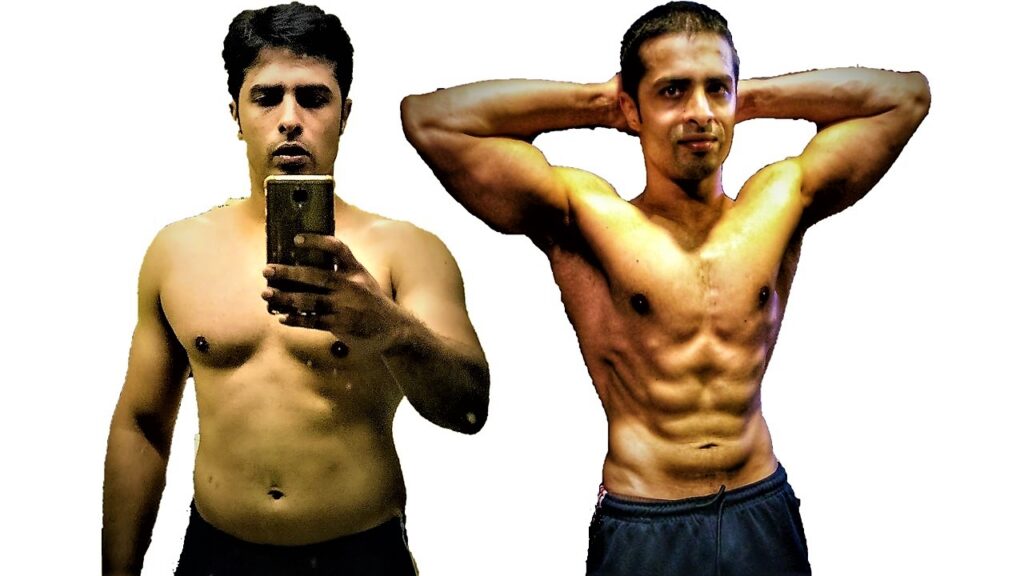I would like to share info about why do we feel pain/trauma, get fever, what is inflammation caused by immune system (we heard these two terms a lot during this Covid pandemic), what are pain killing drugs and anti-inflammatory steroid drugs and what they do in our bodies.
Once you complete reading this article, you could be in a position to decide if you need a drug to resolve your trauma or can you wait for a while for body to recover on its own.
We feel pain because our body sensed that it has to attend to a damaged tissue or bone in our body. This happens because our body needs to know where to deploy its army(immune system) to fight with microbes and initiate the restoration work using certain chemicals and proteins. We get a fever because our body is trying to kill the virus or bacteria that caused the infection. The presence of a fever is usually related to stimulation of the body’s immune response. Most of those bacteria and viruses survive when our body is at our normal temperature. But if we have a fever, it is harder for them to survive. Fever activates our body’s immune system.
Pain and fever are different forms of inflammation in our bodies. Inflammation is a process in which the body’s white blood cells and chemicals can protect against infection and foreign substances such as bacteria and viruses. A healthy inflammation is needed for us to fight infections and recover effectively from injuries.
Using a pain killer or a steroid will suppress body’s inflammatory response temporarily and reduces pain, fever and discomfort but it also slows the recovery process. However, pain killers and steroids do have some benefits in treating certain conditions.
Do remember that pain killers and steroidal drugs mostly suppress the disease’s symptoms like fever, pain, discomfort, allergy etc., They do not heal an injury or fight the infection.
Pain killing drugs (Nonsteroidal anti-inflammatory drugs or NSAIDs) like Paracetamol or ibuprofen work with our cells, our body’s nerve endings, our nervous system, and our brain to keep us from feeling the pain . When cells in our body are injured or damaged, they release chemicals called prostaglandins. When prostaglandin is released, the nerve endings respond to it by picking up and transmitting the pain and injury messages through the nervous system to the brain. When we take a pain reliever like ibuprofen, it keeps injured or damaged cells from making and releasing prostaglandin. When the cells don’t release this chemical, it means that the brain won’t get the pain message as quickly or clearly. So our pain goes away or becomes less severe for as long as the cells aren’t releasing the chemical. But remember the wound still persists, only the pain is reduced.
Fever can help fight infection, but sometimes it can climb too high for the body’s own good. Internal body temperatures in excess of 105 degrees F, for instance, expose proteins and body fats to direct temperature stressors. This form of heat distress can threaten the integrity and function of proteins accustomed to the body’s usual temperature variations. Cellular stress, infarctions, necrosis, seizures and delirium are among the potential consequences of prolonged, severe fevers.
In the cases of significant trauma, pain, fever, it makes sense to use NSAIDs (Pain killers or anti-inflammatory drugs) like paracetamol, ibuprofen, Mefenamic Acid etc., to control pain and fever to prevent adverse effects.
Corticosteroids are commonly referred to as steroids. Remember that steroids is not a bad word. Corticosteroids are a type of anti-inflammatory drug. In certain diseases, the body’s defense system (immune system) doesn’t function properly. This might cause inflammation to work against the body’s tissues and cause damage which results in certain auto-immune diseases. They are typically used to treat auto-immune diseases, like rheumatoid arthritis, lupus, psoriasis, certain allergies, IBD etc., Corticosteroids are man-made drugs that closely resemble cortisol, a hormone that our adrenal glands produce naturally.
Steroids work by decreasing inflammation and reducing the activity of the immune system. Though steroids have many dire side-effects, when inflammation threatens to damage critical body organs, steroids can be organ-saving and in many instances, life-saving. Low doses of steroids might provide significant relief pain, discomfort and internal damage to organs and tissues.
Similar to pain or fever which are symptoms of an injury or an infection, being obese or overweight is a symptom, Diabetes is a symptom, High BP is a symptom, High cholesterol and triglycerides is a symptom, having allergies is a symptom, having auto-immune diseases like rheumatoid arthritis or lupus or psoriasis is a symptom, having acidity or heart burn or GERD is a symptom, having a kidney or liver disease is a symptom and so on.
All these are symptoms of a disorder in the body due to multiple reasons. All these diseases are a result of improper lifestyle . Except a few, majority of people having these symptoms may be doing something incorrectly in the areas of nutrition or sleep or exercise or handling stress.
Similar to painkillers or anti-inflammatory steroids, we use different kind of drugs to suppress these disease symptoms and keep doing it as we we feel happy with immediate relief. But the problem persists inside until it surfaces in different formats and attacks.
Focus on the root cause and pay attention to creating a healthy and strong body by doing lifestyle changes. Once the root cause is fixed, symptoms would automatically disappear.
~Praveen Jada
*Do read the Disclaimer
